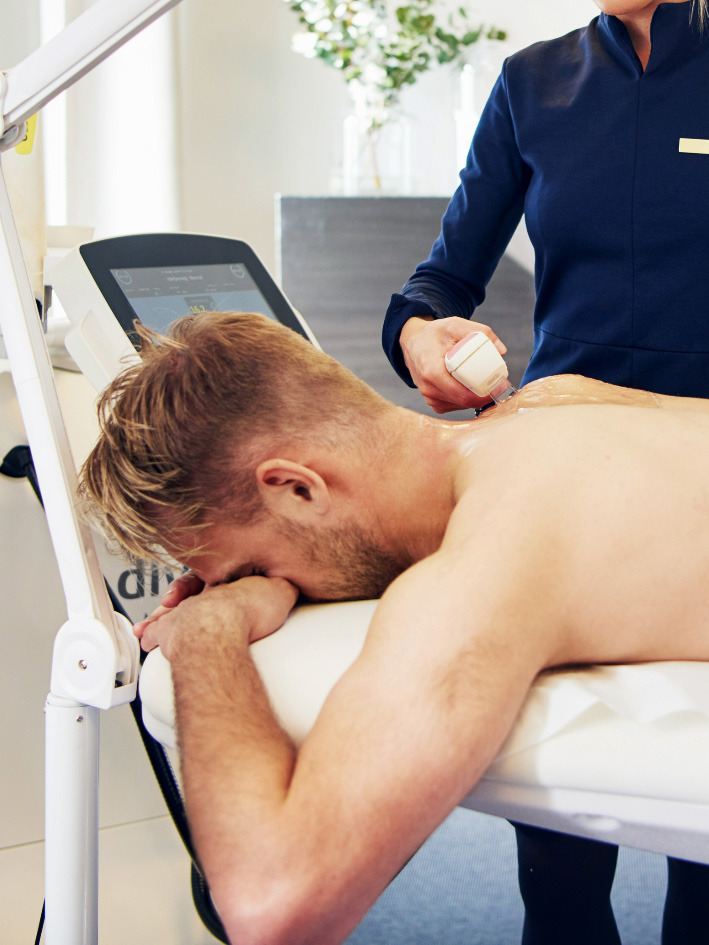Laser Dermatology
How Lasers Can Improve Your Skin
Types of Laser Dermatology in Liverpool
There are many types of procedures for laser dermatology in Liverpool available, depending on your needs and goals. Some of the most common ones are:
- Ablative lasers: These lasers work on the surface of the skin, removing the outer layer and stimulating new skin growth. They are used for skin resurfacing and rejuvenation, treating wrinkles, scars, and pigmented lesions. Examples of ablative lasers are carbon dioxide (CO 2) and erbium:yttrium-aluminium-garnet (Er:YAG) lasers.
- Non-ablative lasers: These lasers penetrate through the skin without affecting the surface layer. They target specific structures in the skin, such as blood vessels, hair follicles, or melanin. They are used for treating vascular lesions, hair removal, and pigmented lesions. Examples of non-ablative lasers are potassium-titanyl-phosphate (KTP), copper bromide/vapour, pulsed dye, alexandrite, ruby, and neodymium:yttrium-aluminium-garnet (Nd:YAG) lasers.
- Fractional lasers: This form of laser dermatology in Liverpool creates microscopic zones of thermal damage in the skin, leaving the surrounding tissue intact. This allows for faster healing and less side effects. They can be either ablative or non-ablative, depending on the wavelength and pulse duration. They are used for skin resurfacing and rejuvenation, treating wrinkles, scars, stretch marks, and melasma. Examples of fractional lasers are CO 2, Er:YAG, Nd:YAG, and thulium lasers.
- Picosecond lasers: These lasers deliver ultra-short pulses of light that create a photoacoustic effect in the skin. This means that the energy is converted into sound waves that shatter the target molecules without generating heat. They are used for treating pigmented lesions and tattoos. Examples of picosecond lasers are Nd:YAG and alexandrite lasers.
FAQ
Here are some frequently asked questions about laser dermatology in Liverpool:


